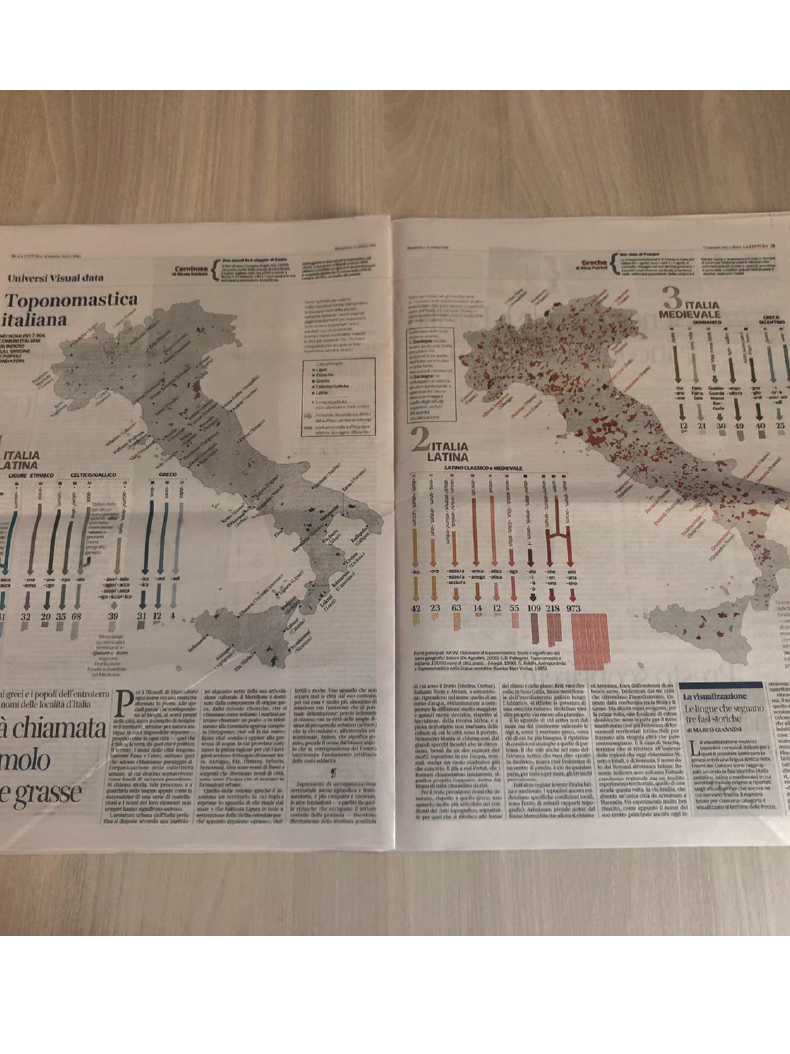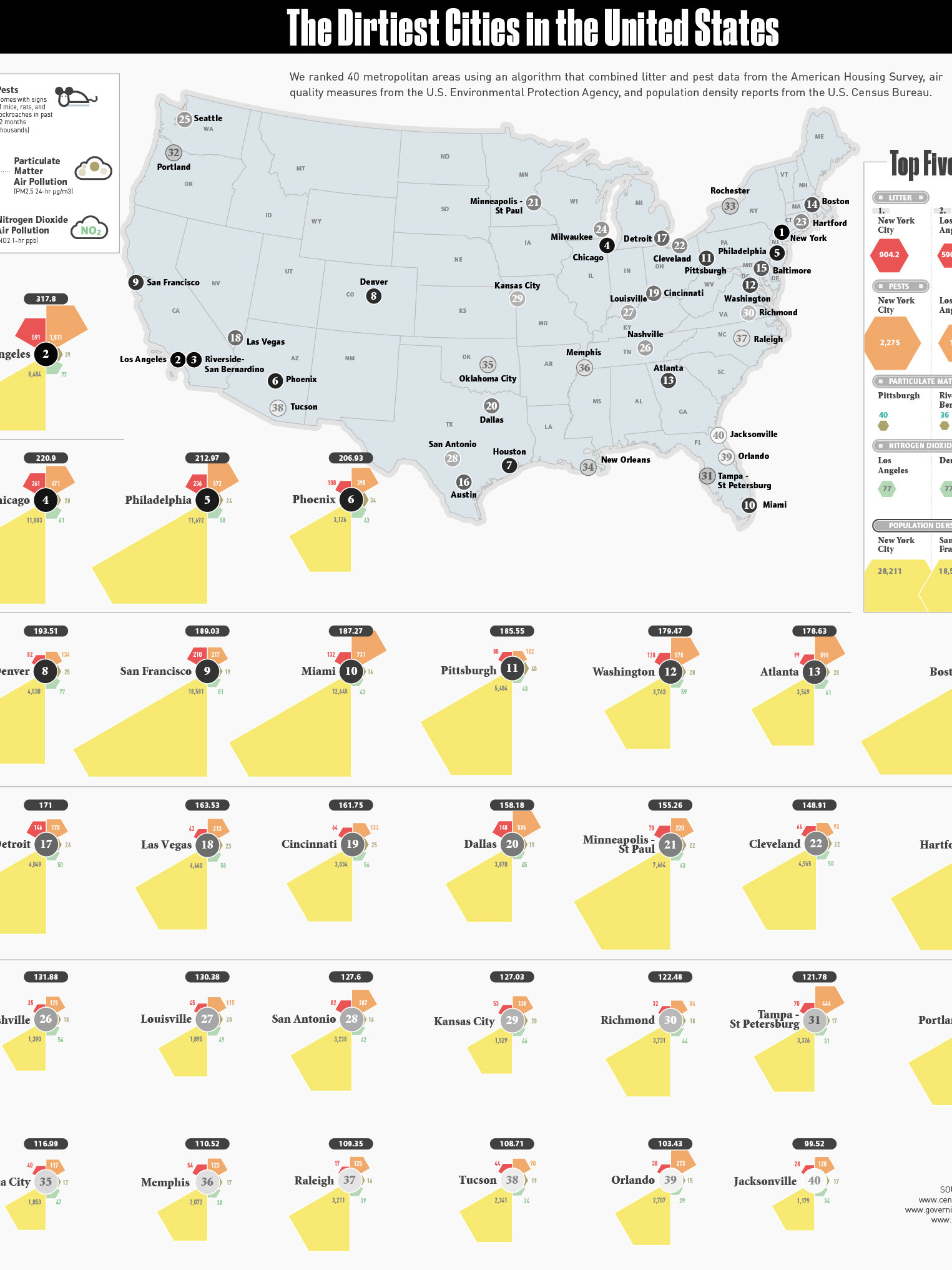A new visualization about #Linguistics for @la_lettura n.581. This time about loanwords in Italian.
In Linguistics, a loanword is a foreign word used in a language other than the source language. With loanwords, one normally refers to modern languages and not to Latin and ancient Greek, even if many modern loans actually re-propose classical lexical material (e.g. 'clone' or 'mass media' which came from English and broke through all the neo-Latin languages).
The various branches of Linguistics concerned with language contact phenomena distinguish between integrated and non-integrated loans (or importations), the latter as they are taken in their original form, usually spelled as it is; and substitutions, which have many internal variations (loan creation, l. rendering, l. translation or calque, reborrowing, etc). This position limits itself to acknowledging the appearance of loanwords and classifying them, and contrasts the (sometimes nitpicking) reaction from purists that sees the foreign word as an element of corruption of the national language.
As far as Italian is concerned, thirty-five years ago Arrigo Castellani spoke resoundingly of 'Morbus anglicus', i.e. the invasion of words borrowed from English into the Italian use: a virus capable of infecting and corrupting the Italian language, in particular through non-integrated loans. And many years before, fascism had already reacted by creating the influential "Commission for the Italianness of the Language" of the Royal Academy which outlawed so-called 'barbarisms', especially in journalistic language and shop signs. One of the biggest scientific blunders to date, in this subject matter.
Careful studies and accurate and extensive knowledge of social phenomena connected to language have allowed a balanced scientific position to be established, which today believes, beyond the saturation in some sectoral languages such as information technology, even for languages that have been affected since their birth by centuries of interference, that the legacy of non-adapted words is usually small and that, apart from any puristic consideration, the senses 'imported' by non-integrated loans are normally well assimilated while the morpho-syntactic structure is just slightly touched: that is, those senses are neither numerically nor qualitatively capable of polluting nor of "barbarizing” the lexicon of the receiving language, but they can at most characterize some specialist fields.
Careful studies and accurate and extensive knowledge of social phenomena connected to language have allowed a balanced scientific position to be established, which today believes, beyond the saturation in some sectoral languages such as information technology, even for languages that have been affected since their birth by centuries of interference, that the legacy of non-adapted words is usually small and that, apart from any puristic consideration, the senses 'imported' by non-integrated loans are normally well assimilated while the morpho-syntactic structure is just slightly touched: that is, those senses are neither numerically nor qualitatively capable of polluting nor of "barbarizing” the lexicon of the receiving language, but they can at most characterize some specialist fields.










